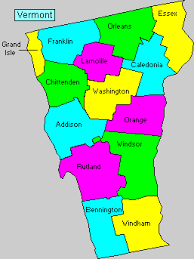
The real thing:
First, let's get straight what maple syrup is not. Maple syrup is not 'pancake syrup'. Pancake syrup is merely corn syrup flavored with artificial maple extract. Maple syrup is not 'maple-flavored syrup,' made usually from corn syrup, this time flavored with small amounts of pure maple syrup.
Real maple syrup is nothing more than the sap of the sugar maple, a tree found in a region stretching from New England up to Eastern Canada. Every spring, between March 1 and mid-April, a time when daytime temperatures rise into the 40s and nights remain cold and sap starts to run, trees throughout this region have been tapped. The extracted sap is then boiled down -- way down -- to burn off water and concentrate the sugars. The sap, which is about 3 percent sugar when it leaves the tree, cannot legally be sold as maple syrup until it has been concentrated to 66 percent sugar. It takes 40 gallons of sap to produce a single gallon of syrup. No wonder the real stuff is so pricey!
Syrup can be, and sometimes is, produced from other native trees: hickory, elm, sycamore, and birch, among them, as well as other maples. But the sugar maple reigns supreme, as its sap is both more plentiful and higher in sugar than any of its arboreal competitors.
Maple syrup is graded according to density, color and flavor. The grades have nothing to do with purity or sweetness. All maple syrups have the same sugar concentration. Grade A is considered table-grade syrup. You'll find it classed either as light amber, medium amber or dark amber. This is what you drizzle on pancakes, ice cream, oatmeal, etc. Grade B syrup generally comes from trees tapped later in the sugaring season, when the sugar content of the sap has fallen by about half and must be boiled longer and concentrated further. The result is darker, thicker syrup with a more intense maple flavor and distinct notes of caramel. Grade B is best reserved for cooking and baking.
SOURCE:
Scripps Howard News Service
 The New England Maple Museum has scheduled a session on maple candy making from 10:30 a.m. - 3 p.m. Wednesday (27 June).
The New England Maple Museum has scheduled a session on maple candy making from 10:30 a.m. - 3 p.m. Wednesday (27 June).



